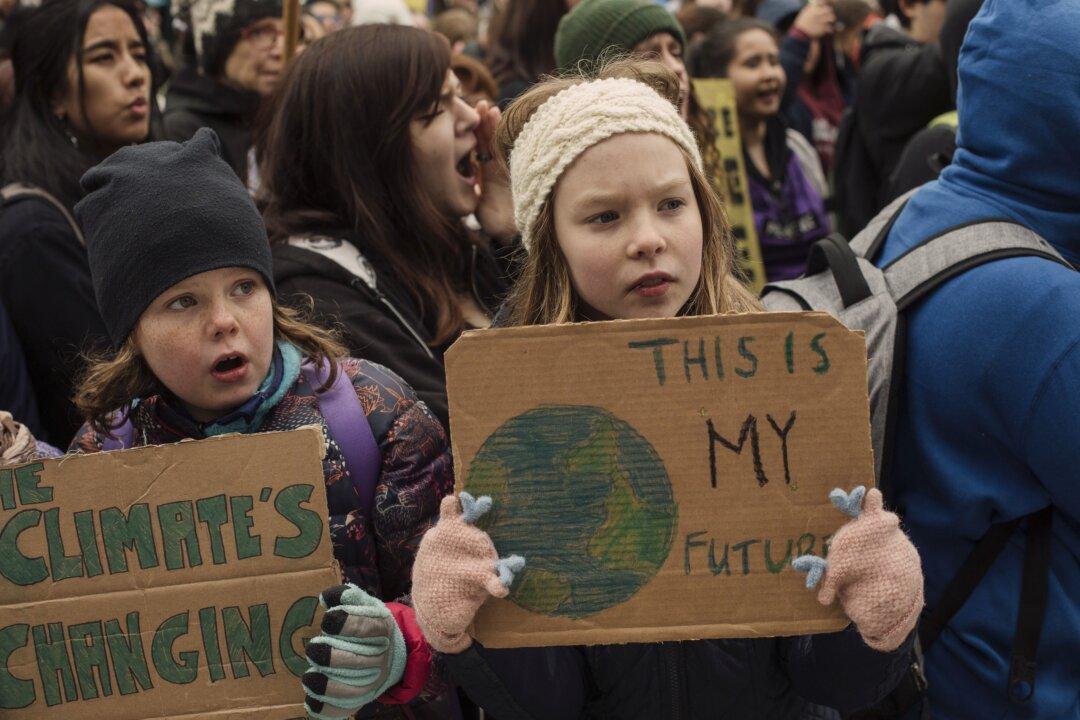Commentary
Teach students how to think rather than what to think. We educate students when we help them think for themselves, but we indoctrinate them if we make them think like us.

Teach students how to think rather than what to think. We educate students when we help them think for themselves, but we indoctrinate them if we make them think like us.